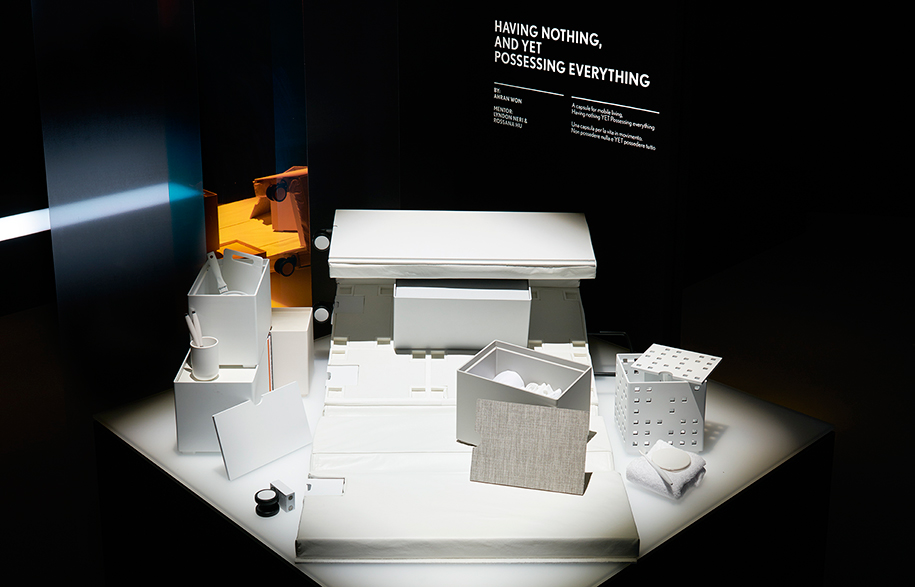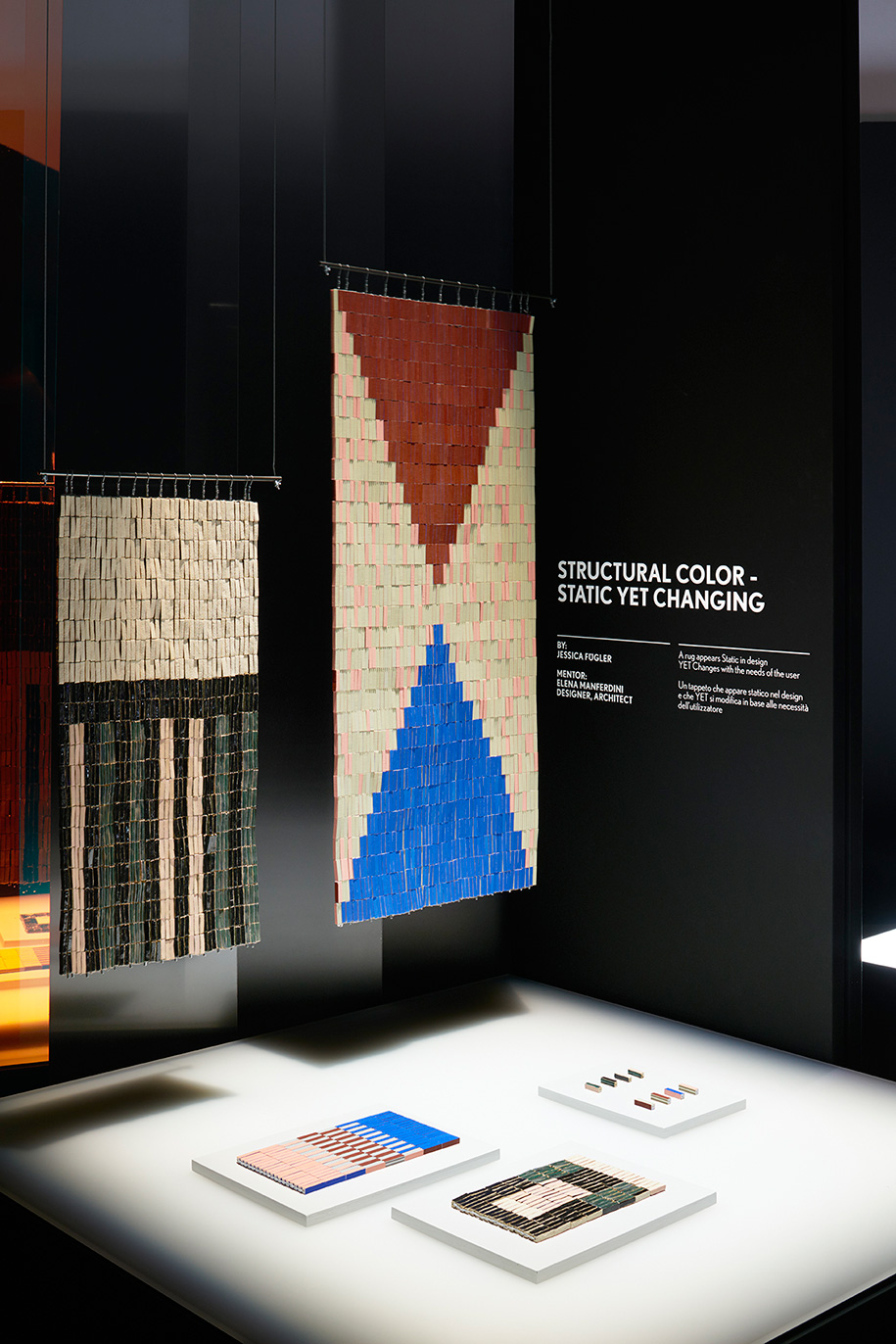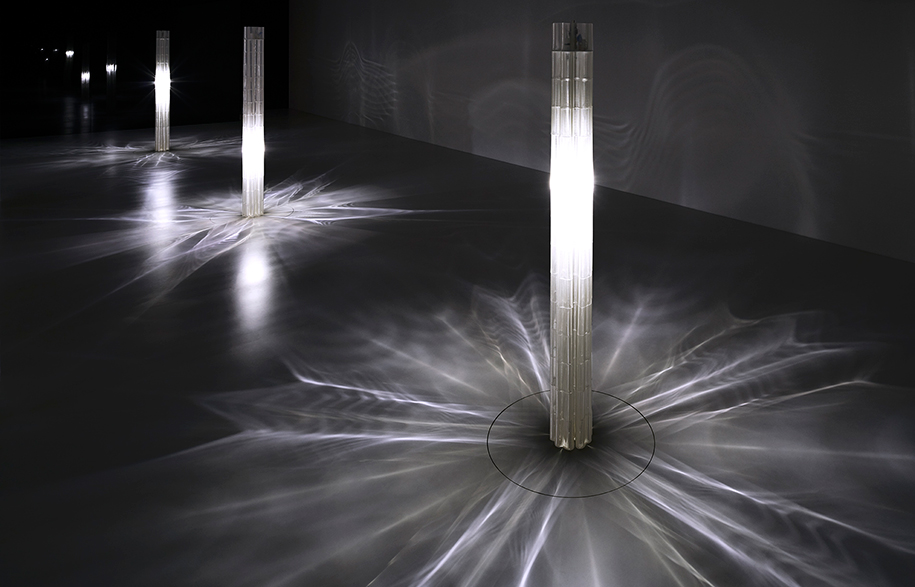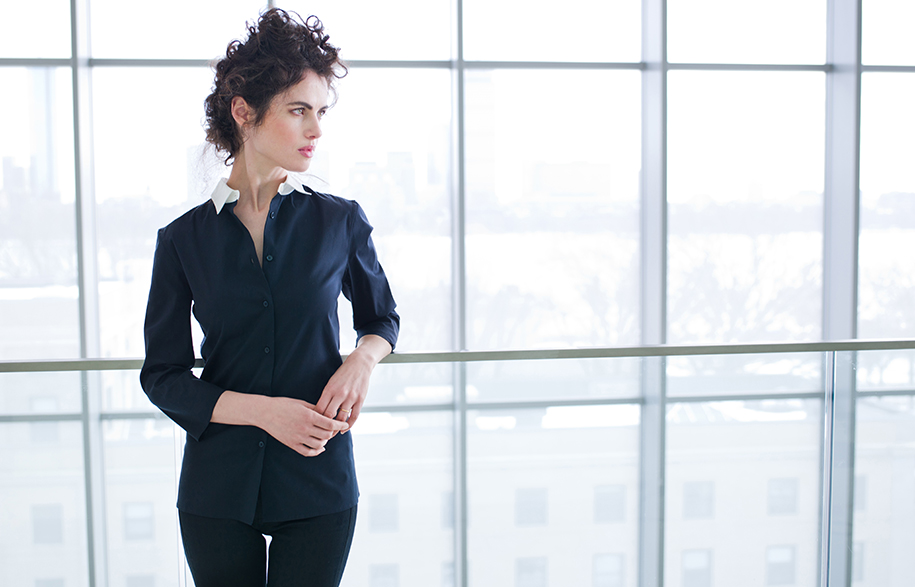Over the past few years, the Milan Furniture Fair has come under fire for what The New York Times’ design writer Alice Rawsthorn has called “shameless promotional stunts, seemingly unrelated to furniture”. And yet, if we accept that design is indeed about more than furniture, it seems legitimate that big corporations use Milan as a test ground for new technologies, or put their considerable weight behind fostering and promoting new talent. In other words, the big brands become enablers of design innovation.
That’s what COS, the avant garde microbe in the Swedish Hennes & Mauritz (H&M) mother brand did by engaging London’s Studio Swine to plumb the depths of science to produce their alien tree dropping cloud blossoms. What IKEA (more Swedes!) did too, by taking over a warehouse in the Lambrate district for a festival of design and live music. Along the way, Faye Toogood showed how to hack IKEA classics, ECAL students demonstrated a painting robot, and of course IKEA launched its new collaboration with Danish brand, HAY.
Lexus has been involved in the Salone for over a decade, initially via its Lexus Design Events in which the luxury Japanese car brand commissioned renowned artists, architects and designers including Kazuyo Sejima, Nendo and Tokujin Yoshioka to explore themes such as ‘Time in Design’ or ‘Flexible but Durable’. Themes that, in effect, express deconstructed elements of the brand’s story, reconfigured by free radical creatives of repute.
Since 2012 Lexus has been the patron of the Lexus Design Award, a pro-active mentoring program that burrows deep down into the design process, rather than simply skimming the surface. The Award protocol is relatively complex, a sign of its commitment to due diligence. Each year, a theme is established and an open call goes out for entrants across the globe – the only stipulation is that they be less than five years in the field. This year, the theme was YET, an expression of the possible symbiosis in apparent contradiction. In Lexus brand terms, this can be broken down into dichotomies like: spacious YET streamlined, emotional YET rational, exhilarating to drive YET environmentally aware.
“There were more than a thousand entries,” explains Max Lamb, who is serving his third year as a Lexus Design Award mentor. This first round is whittled down to 200, “then there are 12 finalists, four of whom will be mentored and one of whom will be awarded the Grand Prize. In the first round of judging all the mentors also act as judges, so we’re very embedded in the process.”
Judges this year include Paola Antonelli, Senior Curator of the Department of Architecture & Design at MoMa, Aric Chen, Lead Curator of Architecture & Design at Hong Kong’s M+, and legendary architect, Toyo Ito.
“I’ve been involved in the award since the beginning,” says Paola Antonelli, “and since the start Lexus has had this process that is really respectful of the design landscape because it’s not just about proclaiming a straight-out winner. Rather, the four finalists are picked by a jury of peers, then they are mentored by an established designer for four months.
“It’s intense, but it’s also about putting your money where your mouth is. It’s really about investing in young designers in a meaningful way.”
The four finalists in this year’s Lexus Design Award are:

Korean designer Ahran Won who devised a capsule for mobile living based on the notion of Having Nothing and YET Possessing Everything (mentored by Neri & Hu).

Chinese designer Jia Wu who developed a tool kit for transforming fruit into musical instruments, called Player’s Pflute – Vegetable YET Musical for fun and learning, created with developing countries in mind (mentored by Max Lamb).

American designer Jessica Fügler who elaborated a Static YET Changing structure which mutates according to viewpoint (mentored by Elena Manferdini).
Japanese designer Hiroto Yoshiko went on to win the Grand Prize for his PIXEL system which allows the user to simultaneously experience Light YET Shadow. He was mentored by New York creative powerhouse, Snarkitecture.
His PIXEL is an interactive device that actions a series of visors to create a range of light and shadow effects, inspired by a childhood memory of falling asleep to the glow of a television.
“The advice given from my mentors was very precise and accurate,” added Yoshiko. “Their suggestion to test a form that I had not considered in the beginning allowed me to develop this work. They also gave me suggestions on new materials, which led me to a path that I did not expect. I am grateful for their advice.”
Yoshiko is based in Tokyo and is a graduate from Musashino Art University.
Yoshihiro Sawa, executive vice-president of Lexus International, sums up the intention of the Lexus Design Award thus: “By challenging ourselves to combine elements that at first seem incompatible, we are able to ignite our creative potential and explore new frontiers in design and technology.”
The Lexus Design Award exhibition space was designed by Neri Oxman, a professor at MIT’s Media Lab and head of the Mediated matter design research group. Her own light columns, created using the latest additive technique of 3D glass printing, are like luminescent totems to a not too distant future. As she explains, “light is a wave, yet it is also a particle. Glass, which is the material through which light is reflected and refracted, is over 6000 years old yet it is a modern material. And here in this exhibition we are giving it a new interpretation through the use of the 3D glass printer.” The cutting edge of technology never looked quite so alluring.
Words by Stephen Todd



 Neri Oxman. Photography by Conor Dohery
Neri Oxman. Photography by Conor Dohery
